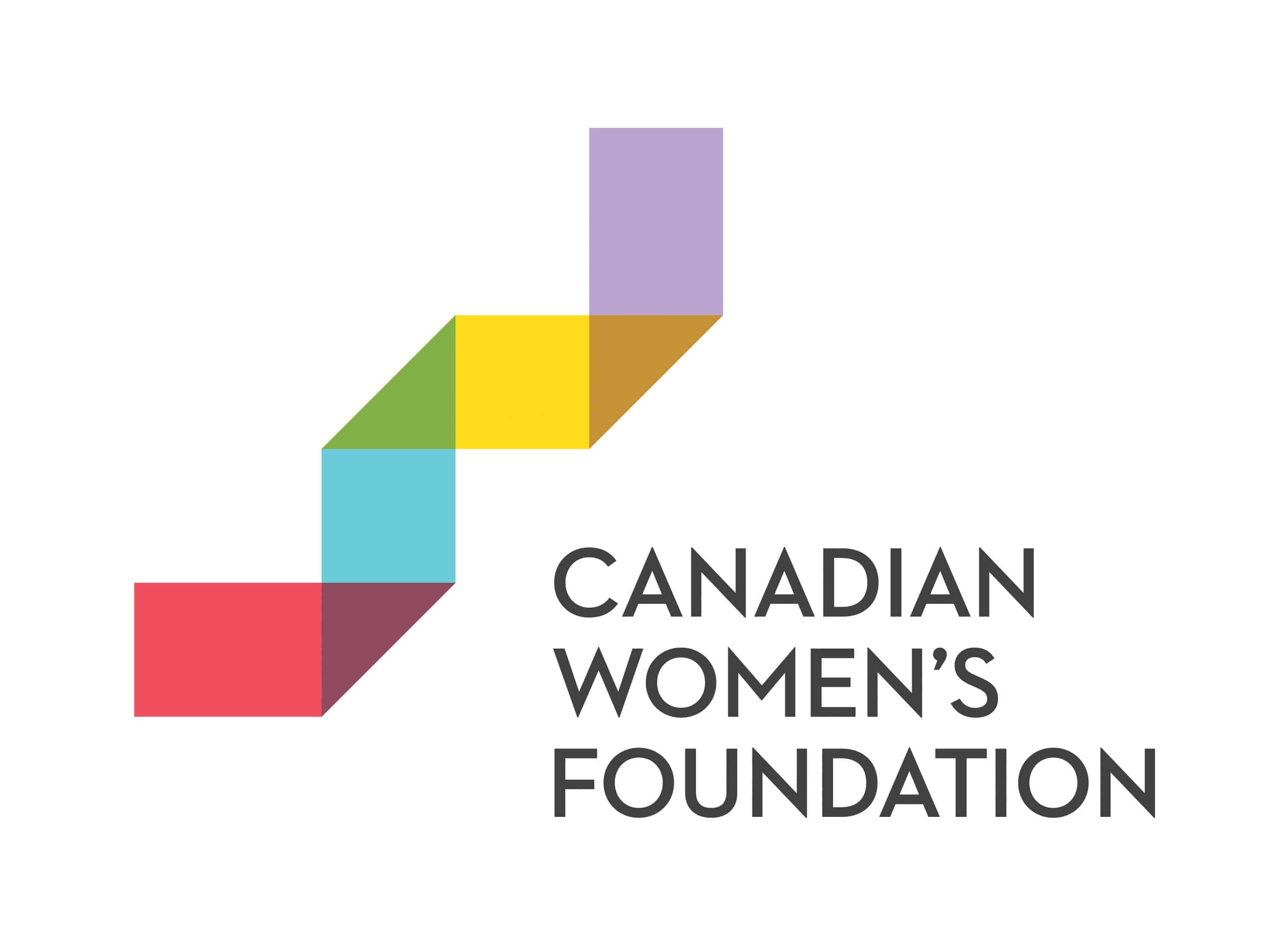“I came here scared and confused, they made me realize that I am worthy of so much more.” This is the voice of a woman staying at a shelter in Canada.
The stories from Shelter Voices speak to us (Canadian Network of Women’s Shelters and Transition Houses first pan-Canadian annual survey– part of the Global Count of Women’s Shelters) – they pull us in and make us care. I love to hear women in shelters tell us how important the services are and how much better their lives are because shelter workers are there to help them. I especially like the phrase ‘I came here a caterpillar and left a butterfly’.
Numbers tell stories too, and I love stats and research for the patterns they reveal. They tell us how widespread the shelter stories are. They tell us things in different ways. When I think of the 50% of women who have experienced some kind of sexual or physical violence in their lives, I think of my friend who told me quietly in university that she thought she had probably been assaulted but she wasn’t sure because she didn’t think she had ever said no – that is the story behind the numbers.
When I see the fact that 1 in 10 women are experiencing intimate partner abuse at any one time, I think of the bookkeeper in my office years ago who left her husband when the abuse was at its worst and found the courage to change jobs, change where she lived, and give up common property because she did not want to fight him in court.
When I see that a quarter of Canadians have tried to help a woman leave an abusive partner, I think of my mum bringing home a family member. Her husband had always pressured her and denigrated her and when she asked for a divorce he ‘finally’ hit her. And again, the numbers tell us that the most dangerous time for a woman is when she is leaving.
The numbers talk. They can push back the silence that keeps young women and men confused about what consent is. With these numbers, we can measure how we are doing and see improvements. I wish we could see more serious research about abuse and how it affects women. I wish there were more reports about how domestic violence damages children. I wish we had the numbers that told the real story of how deeply violence against women is rooted in gender inequality. But with those numbers, or without them, we will continue to tell the stories.
As one shelter worker said in the recent research from CNWSTH, ‘The women and children we help often have no one else to help them – shelters are their only hope of getting to safety’. And we better be there when they call for help.







